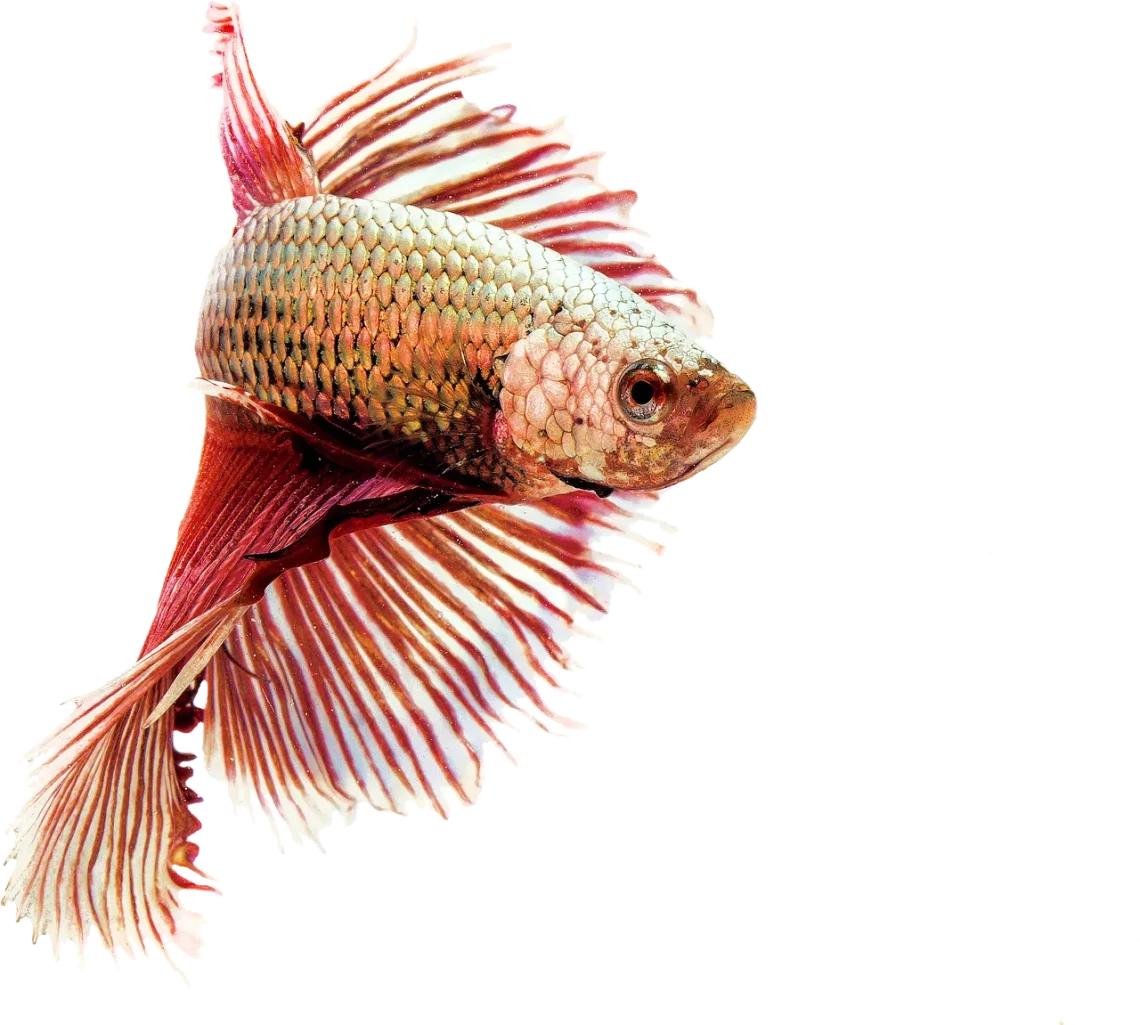
Choosing the Best Saltwater Fish Filter for a Healthy Aquarium
Creating a thriving saltwater aquarium is a rewarding endeavor that brings the beauty of the ocean into your home. However, maintaining a healthy aquatic environment requires careful planning and the right equipment. Among the most crucial components of your aquarium setup is the filtration system, which plays a vital role in ensuring that the water remains clean and safe for your fish and other marine inhabitants. Unlike freshwater tanks, saltwater aquariums pose unique challenges because they require not only the removal of waste and toxins but also the stabilization of salinity levels and the maintenance of essential water parameters.
When selecting a filter for your saltwater aquarium, it’s essential to consider various factors, including the size of your tank, the type of fish you plan to keep, and the specific needs of your aquatic ecosystem. The right filter will help to promote a balanced environment, preventing the buildup of harmful substances and ensuring that your fish thrive. In this article, we will explore various aspects of choosing the best saltwater fish filter, allowing you to make an informed decision that supports the long-term health and vitality of your aquarium.
Types of Filters for Saltwater Aquariums
When it comes to filtering a saltwater aquarium, there are several types of filters available, each designed to meet different needs and preferences. The most common types are mechanical, biological, and chemical filters. Understanding each type can help you determine which combination will work best for your aquarium.
Mechanical filters primarily serve to remove debris and particulate matter from the water. They work by using filter media, such as sponge or foam, that physically traps solid waste. This type of filtration is essential in keeping the water clear and free from visible pollutants. However, mechanical filters should not be relied upon solely, as they do not eliminate dissolved toxins.
Biological filters are crucial for establishing a healthy ecosystem in your aquarium. These filters facilitate the growth of beneficial bacteria that convert harmful ammonia and nitrites into less harmful nitrates. This process, known as the nitrogen cycle, is vital for maintaining water quality. Many saltwater aquarists utilize live rock or specialized bio-media within their filtration system to promote this biological filtration.
Chemical filters use specific media to remove dissolved substances from the water. Activated carbon is a popular choice, as it effectively absorbs impurities, odors, and discoloration. Other chemical filtration options may include phosphate removers and resins that target specific toxins. While chemical filters can enhance water quality, they should complement mechanical and biological filtration rather than replace them.
For optimal performance, many aquarists choose to combine these different types of filtration to create a multi-faceted system. By doing so, you can ensure that your aquarium remains clean, clear, and healthy, providing a suitable habitat for your aquatic life.
Factors to Consider When Choosing a Filter
Selecting the right filter for your saltwater aquarium involves evaluating several key factors to ensure it meets the unique requirements of your setup. One of the most important considerations is the size of your tank. Filters are rated for specific tank volumes, so it’s essential to choose a filter that can handle the total volume of water in your aquarium. A filter that is too small may not adequately clean the water, leading to poor water quality and unhealthy fish.
Another critical factor is the type of marine life you intend to keep. Different species have varying needs when it comes to water quality and filtration. For example, reef tanks, which house corals and invertebrates, may require more advanced filtration systems to maintain stable water parameters. Conversely, fish-only tanks might have slightly less stringent requirements. Always research the specific needs of your fish and other organisms before making a decision.
Flow rate is another important aspect to consider. The flow rate of a filter refers to how much water it can process in a given time frame, typically measured in gallons per hour (GPH). Ideally, you want a flow rate that turns over the entire volume of your tank at least 4 to 5 times per hour. However, some fish and corals prefer calmer waters, so it’s essential to strike a balance. Adjustable flow settings or the use of additional equipment like powerheads can help tailor the water movement to suit your aquarium’s inhabitants.
Ease of maintenance is also a significant consideration. Some filters require frequent cleaning and media replacement, while others are designed for minimal upkeep. Choosing a filter that aligns with your maintenance preferences will make your aquarium-keeping experience more enjoyable and less stressful.
Setting Up and Maintaining Your Filter
Once you have chosen the appropriate filter for your saltwater aquarium, the next step is setting it up correctly. Proper installation is crucial for ensuring optimal performance and longevity. Begin by reading the manufacturer’s instructions thoroughly, as each filter may have specific setup requirements. Generally, you will need to place the filter in a designated area, such as a sump or an external location, ensuring it is level and securely fastened.
After installation, it’s essential to cycle your aquarium before introducing fish. This process allows beneficial bacteria to establish in the filter media, aiding in biological filtration. Depending on the method you choose, cycling can take several weeks. During this time, monitor water parameters regularly to ensure ammonia and nitrite levels drop to zero, and nitrates remain manageable.
Once your aquarium is fully cycled and stocked with fish, routine maintenance becomes necessary to keep your filter functioning efficiently. Regularly check and clean filter media according to the manufacturer’s guidelines. While mechanical filters may need cleaning every few weeks, biological media should be rinsed less frequently to preserve beneficial bacteria.
In addition to cleaning the filter, it’s essential to perform regular water changes to maintain water quality. This practice not only helps to eliminate nitrates and other toxins but also replenishes essential minerals and trace elements that may be depleted over time.
Lastly, always keep an eye on your fish and the overall health of your aquarium. If you notice any signs of distress in your aquatic life, it may indicate a problem with your filtration system or water quality. Being proactive and addressing issues promptly will help ensure a thriving and vibrant saltwater aquarium.
Conclusion: Making the Right Choice for Your Aquarium
Choosing the best filter for your saltwater aquarium is a critical step toward creating a healthy and balanced aquatic environment. By understanding the various types of filters, evaluating important factors, and implementing proper setup and maintenance practices, you can ensure that your aquarium remains a thriving ecosystem.
Remember, the key to a successful saltwater tank lies in finding the right balance between mechanical, biological, and chemical filtration. Each component plays a vital role in maintaining water quality, and a well-planned filtration system will support the health and happiness of your fish and other marine life.
As you embark on your journey to establish and maintain a saltwater aquarium, remain patient and committed to learning. The process may seem daunting at first, but with time and experience, you’ll develop the skills necessary to create a beautiful underwater world right in your home. Enjoy the adventure of saltwater aquaristics, and may your aquarium flourish for years to come!




